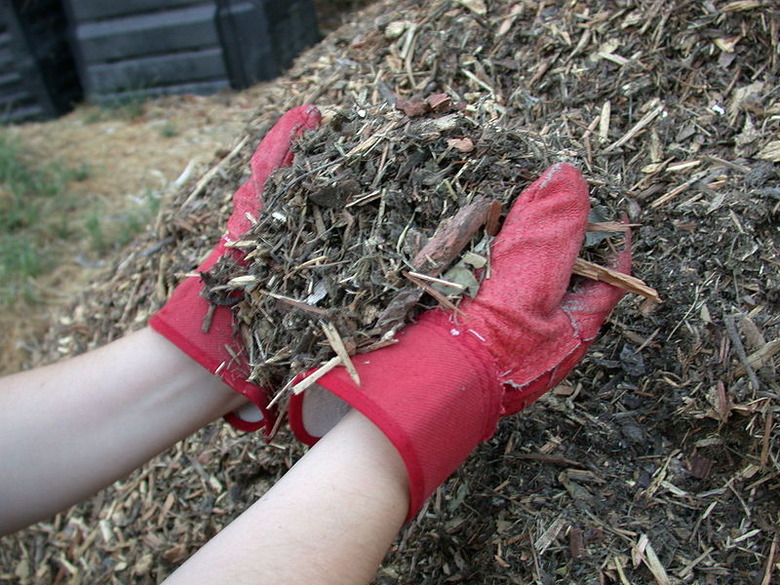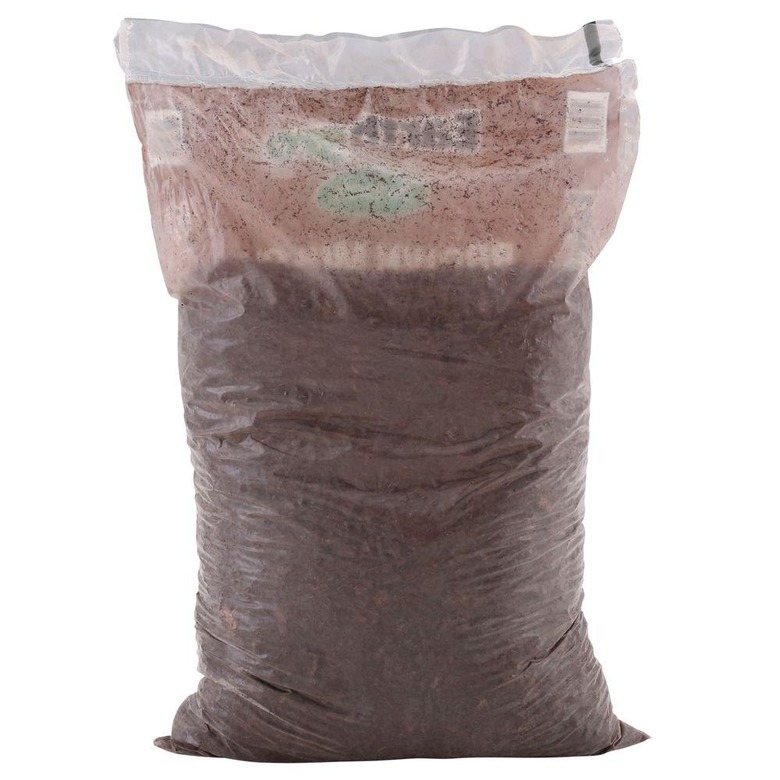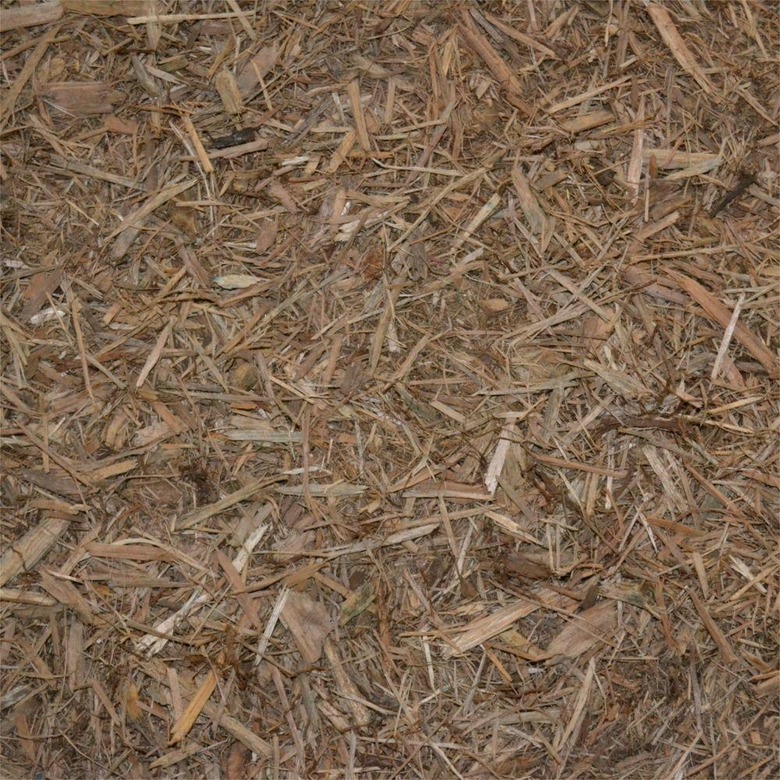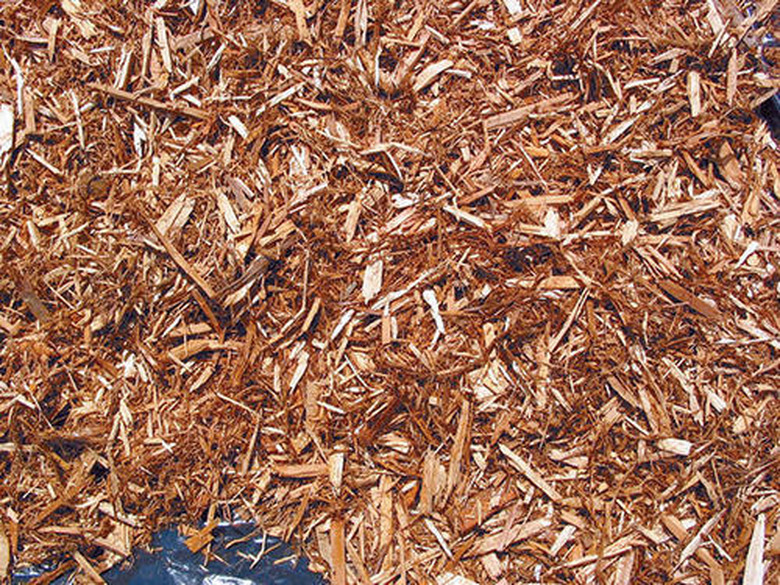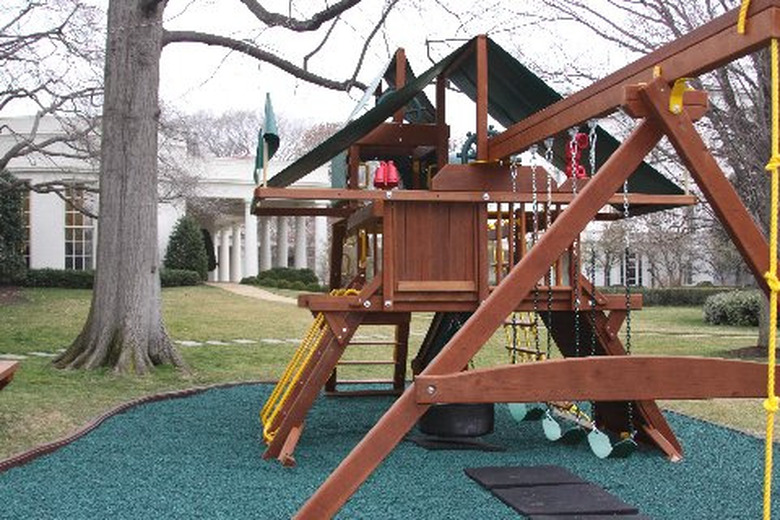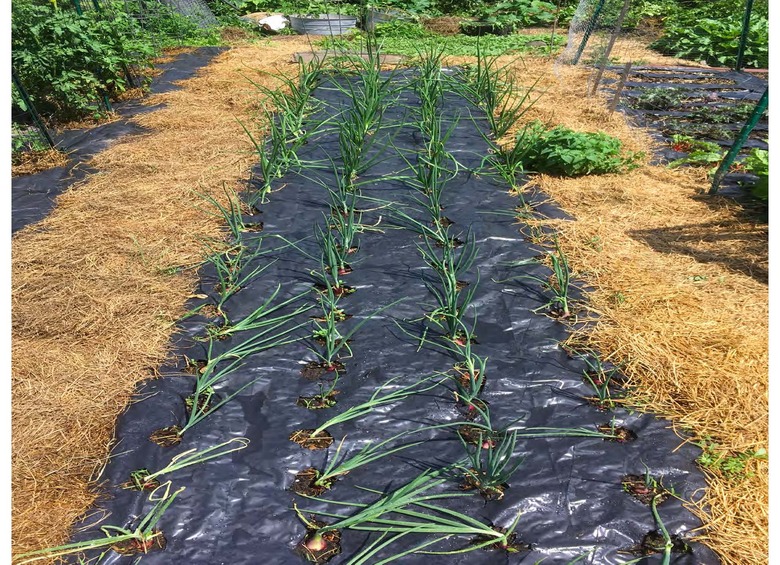What Is Mulch? How Do I Use It?
Mulch can be defined as any protective layer of material that covers bare soil in a garden or other planting area. It serves to protect the soil, inhibit weeds, hold in soil moisture, and keep soil cool. Mulch is often an organic material, but it can also be a synthetic manmade material, such as shredded rubber or sheet plastic.
We are perhaps most familiar with mulch as a loose material we buy in poly bags at the garden center, hardware store or even your local convenience store or gas station. You haul the bags home and spread the contents over the surface of the soil in your garden or yard. For many people, that's all you really need to know—it is easy to obtain and use. But entire books have been written about mulch and it's virtually unlimited varieties (most of which are not sold in poly bags). It is, in fact, an interesting topic involving many layers of complicated science.
Mulch is elemental, occurring naturally in any forest or meadow, and all we are really trying to do when we "mulch" is to recreate the comforting cocoon that nature provides for living plants. Mulch is "nature's blanket," if you are inclined to think of things that way. But unlike Mother Nature, we humans can apply mulch strategically and with forethought. And we can buy it at the gas station.
Mulch has several purposes. It provides insulation to plant roots. It inhibits weed growth. It slows down the evaporation of soil moisture. It also has certain aesthetic purposes in landscaping situations, making your yard or garden look neat and intentional. So the first question to answer about mulch is whether you want to use it to nurture your garden soil and plants, or whether the point is to highlight your landscape plantings. Mulch can solve either challenge, often at the same time.
Mulch as a Garden Helper
Some types of mulch can improve the soil in your gardens as it decomposes, and also reduce the amount of work needed to maintain the planting area. Other types look nice but can have a negative impact on your soil. A true gardener's mulch will improve the soil, inhibit weeds and limit evaporation, too.
Compost. If your goal is less weeding and better soil, use thick layers of compost—decomposed organic plant material—as a mulch. You can make your own compost, or you can buy it at any garden center or building center—you're not likely to find this type of mulch at the gas station. Look for bags that simply read "Compost" or "Composted Manure." Spread it around the plants in your garden or yard to a minimum depth of four inches after your plants have emerged or your seedlings are well established. Keep the compost clear of plant stems or trunks, maintaining a buffer of at least a couple of inches. The mulch should not contact the plant. Over the course of a growing season the compost will compact and start to break down, but it will also shield the weed seeds below from the sunlight they need to germinate and sprout. Compost requires replenishment every year, but it is a good investment. The hardest part (especially when you are planting flowers and vegetables from seed) is deploying the mulch. You'll have to wait until you have isolated the plants from the weeds in the early growth stages—not as easy as it sounds.
Tip
If you use compost as a mulch but spread it too thinly, you'll end up fertilizing the weeds and they will quickly find their way through the mulch layer and outcompete your plants. Frugality is the main, if not only, reason that mulching with compost sometimes fails. Four inches deep, minimum.
Hay and straw: Not sold in poly bags, bales of hay and straw can make an effective mulching material in your home garden. Straw is an inert substance that will provide few nutrients to your soil as it decomposes, but it is very effective for weed suppression and it does not have any significant negatives. Hay bales do contain organic compounds that will improve your soil, and hay does suppress weeds and limit evaporation, so it is a solid choice for mulching.
Warning
If your goal is to build a productive garden soil with high organic matter content, most of the poly bag mulch will work at cross-purposes to your goal. It will look nice when you deploy it and will, in fact, inhibit weeds and limit evaporation, but it is not very good for the soil. Bark, shredded wood, and any other mulch derived from uncomposted woody material will rob nutrients (nitrogen in particular) from your plants as it breaks down. Okay for year one, but bad for year two and forward.
Mulch as a Landscape Material
Professional landscapers use a lot of mulch. From an aesthetic point of view, the mulch creates a plain, neutral background that allows specimen plants to step into the spotlight with minimal distractions. It also makes planting beds appear neater by suppressing weeds and by creating a cohesive background. The common poly bag mulch you can buy is really meant as a landscape addition, not a garden soil helper.
Cypress mulch. Cypress is a naturally insect-resistant and rot-resistant wood that grows mostly in the southern U.S . Cypress mulch is sold nearly everywhere, although it is often blended with other woody materials. It is inexpensive and slow to break down. It has a pleasing natural appearance in the landscape.
Cedar mulch. Cedar is the northern equivalent to cypress. It also has a natural resistance to disease and fungus, and has a reddish tone that many landscapers appreciate.
Cocoa bean hulls. Cocoa bean hulls—sans the beans—are sold and used as mulch. Cocoa mulch has advantages and disadvantages. Organic cocoa mulch contains nitrogen, phosphate and potash, and has a pH of 5.8, so it will add beneficial nutrients to the soil as it breaks down, and it looks nice. But it also has a strong, sometimes overwhelming, odor and it is known to be toxic to dogs.
Shredded bark. This is the most common landscape mulch. Dyed shredded bark has become extremely popular, sold in a variety of colors, including bright red. It is a good usage of a wood byproduct that would otherwise be discarded, so if your goal is simply to highlight your landscape plants, shredded bark is an excellent choice. It consists largely of pine bark, which will shift the soil pH in the acidic direction. And like any woody mulch, it will steal nitrogen from your plants as it decomposes. It's up to you on the dyed bark—it is increasingly prevalent, but not everyone is pleased by the starkness of the bright dyed colors.
Shredded rubber. A relatively new option in the mulch universe is shredded rubber. Made mostly from old tires, rubber mulch is dyed to a consistent color. It has no value as a garden amendment, of course, but it is a good choice for play areas and other places that support activity. It does not degrade and does not require replenishment. It is sold in small (0.8 cubic foot) poly bags as well as in larger quantities.
Gravel and rock. Pea gravel, river rock and landscape rock are landscape materials with many good usages, but most of us would not think of them as mulch. They do, however, fulfill many of the functions that we ask mulch to perform. They suppress weeds and inhibit evaporation, and rock can look very tidy in a landscape setting. Plus, it is sold in convenient poly bags. Install it in layers at least 2 inches thick (4 inches is better), with an underlayment of landscape fabric to further suppress weeds if you are using it to highlight border plantings. Gravel and rock (without a landscape fabric underlayment) will migrate into your soil and needs regular replenishment to maintain its neat appearance.
Sheet mulch. It is not really mulch, but many of the positive effects of mulch can be accomplished with a sheet of plastic. Black, 6-mil plastic sheeting, sold in 3- or 4-foot wide rolls, is often described as "sheet mulch." Roll it out and stake it down in your vegetable garden. Cut holes in the plastic for inserting the plants. Sheet mulch is not recommended for landscape gardens, although permeable landscape fabric is a similar product that has many applications in yard work.
